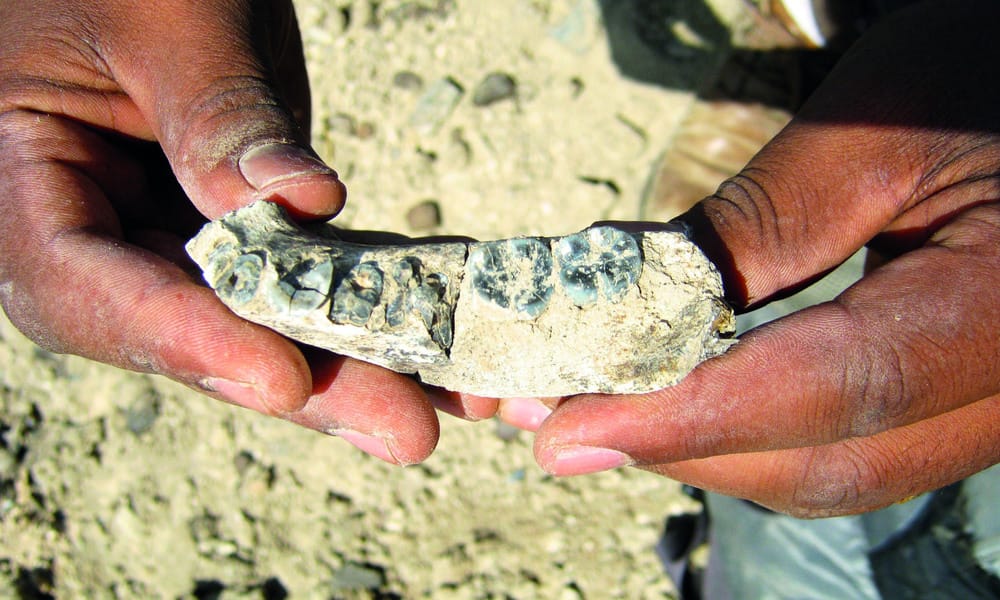Fossil discovery sheds light on human origins
Humans are unmistakably tied to our ape origins, says Jane Courtnell

Humans still have an unmistakable tie to our ape origins. The question is, how did we get from such a beginning to our where we are now? The fossil record provides a fragmented view of human evolution. From this record, the time of split between the Homo genus and Australopithecus genus remains ambiguous. Fossilised remains of Homo habilis mark the split between Homo and Australopithecus dating between 2.4 and 1.5 million years ago (mya). However, with the continual advancement within palaeoanthropology we have recently seen the discovery of a lower jawbone and five teeth belonging to the Homo linegage which dates to around 2.8 mya. Disputes concerning whether the fossilised remains of Homo habilis specimens belong to the Australopithecus genus and thus splits in the latter lineage occurring at a later date, are challenged.
The significance of the Australopithecus-Homo divergence is owed to the transition of ape-like species to forms resembling modern humans. Characteristics such as expansion of brains; body enlargement; decrease in the extent of sexual dimorphism in terms of body size; tool usage; changes in limb proportions; reduction of cheek teeth size and unique Homo features of the brain were derived. This novel discovery in the Afar region of Ethiopia, the Ledi-Geraru areas 250 miles from Addis Ababa, is of high importance. The fossil remains provide clarification to a “ poorly documented hominin evolution,” says Erin N. DiMaggio, associate in the department of geosciences Penn State – especially within this important time frame between 3 and 2.5 mya.
A more definite age of the remains cannot be given due to the absence of a direct method to ascertain a date. Measuring different isotopes of argon can determine the age of eruption producing the volcanic ash or tuff preserving the sample. Thus, can imply the age of the sample. The age of the rocks above and below the sample are found to indicate the earliest and oldest dates for the fossil. In addition, other fossilised organisms in the area at the implied date are determined to reveal the environment in which the hominin fossil once existed. Prehistoric antelope, hippopotamus, water dependent grazers, elephants, and fish suggest that habitat was a mixture of grasslands and shrublands some 2.8 mya. There has thus been a definitive change in the climate in this region which could have triggered the Australopithecus-Homo split.
Although it is still too soon to say whether the climatic signal and change in climate triggered the divergence between the Homo and the Australopithecs lineage; the signal never-the-less acts as evidence supporting the proposed climate hypothesis. One of the many theories to explain explain the Australopithecus-Homo split. These novel fossilised remains provide a significant stepping-stone in our knowledge of human evolution.










